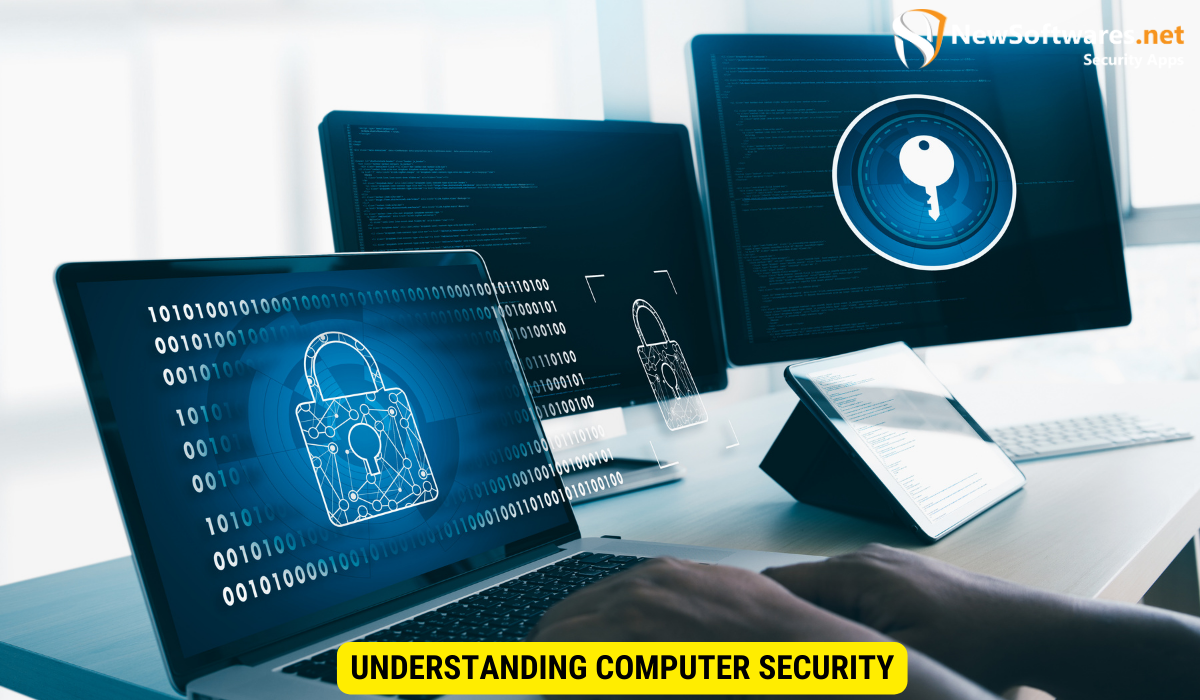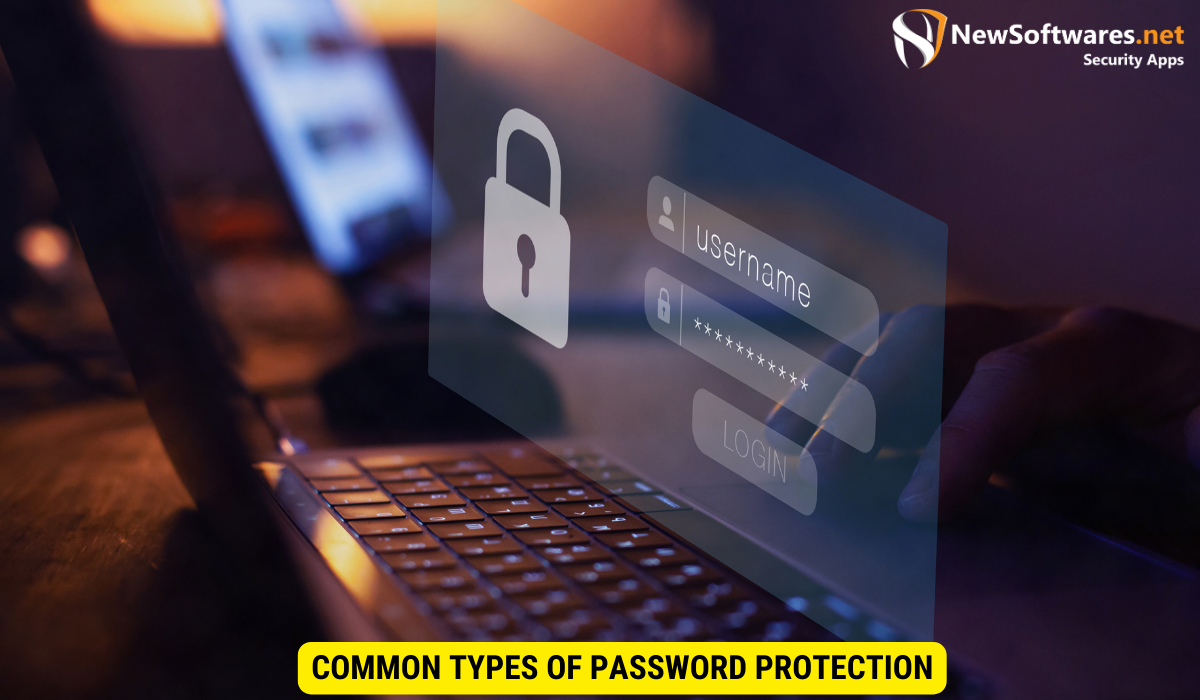Unlocking password protected computers requires an understanding of computer security, the legal and ethical considerations surrounding unauthorized access, knowledge of common types of password protection, and techniques for unlocking passwords. It is essential to remember that unauthorized access to computers is generally illegal and can have severe consequences, both legally and ethically.
In today’s digital age, accessing password protected computers has become a common challenge. Whether you’ve forgotten your password or need to gain access to someone else’s computer, understanding computer security and the various techniques for unlocking password protected systems can be incredibly valuable. I will aim to provide you with an insight into computer security, the legal and ethical considerations surrounding accessing protected systems, the different types of password protection, techniques for unlocking passwords, and tips for preventing unauthorized access.
Understanding Computer Security

When it comes to computer security, it is essential to have a basic understanding of how it works. Computer security involves protecting your computer system and the data it contains from unauthorized access, use, disclosure, disruption, modification, or destruction. It encompasses various measures to safeguard the integrity, availability, and confidentiality of data.
Computer security is a complex and ever-evolving field that requires constant vigilance and adaptation to new threats and vulnerabilities. In addition to the technical aspects of security, it also involves educating users about safe practices and promoting a culture of security awareness within organizations. Regular security audits and risk assessments are essential to identify and mitigate potential weaknesses in the system.
Basics of Computer Security
The basics of computer security revolve around implementing strong passwords, using firewalls and antivirus software, regularly updating software and operating systems, and being cautious while browsing the internet or downloading files. Understanding these fundamental principles is crucial for protecting against unauthorized access.
Firewalls act as a barrier between your internal network and the external world, monitoring and controlling incoming and outgoing network traffic based on predetermined security rules. Antivirus software helps detect and remove malicious software, such as viruses, worms, and trojans, that can compromise the security of your system. Regular software updates and patches are essential to address known vulnerabilities and ensure that your system is equipped to defend against the latest threats.
Importance of Password Protection
Password protection plays a key role in securing computer systems. Passwords act as a barrier between potential intruders and sensitive information. It is vital to recognize the significance of strong, unique passwords that are difficult to guess. Passwords should be a combination of uppercase and lowercase letters, numbers, and special characters.
Implementing multi-factor authentication, where users are required to provide two or more forms of verification before gaining access to a system, adds an extra layer of security. This can include something the user knows (like a password), something the user has (like a smartphone for receiving verification codes), or something the user is (like a fingerprint or facial recognition). Multi-factor authentication significantly enhances the security of sensitive data and accounts, reducing the risk of unauthorized access even if passwords are compromised.
Legal and Ethical Considerations
While the article focuses on gaining access to password protected computers, it is important to understand the legal and ethical implications surrounding such actions.
Delving deeper into the legal aspects, it is essential to recognize that bypassing passwords is a clear violation of privacy and security laws in most jurisdictions. Unauthorized access to computer systems not only breaches the confidentiality of data but also undermines the trust and integrity of digital systems. It is crucial to abide by the laws and regulations governing cybersecurity to ensure the protection of sensitive information and prevent potential legal repercussions.
When is it Legal to Bypass Passwords?
It is crucial to note that bypassing passwords is generally illegal unless you have explicit permission from the system owner or are authorized by law enforcement with proper documentation. Unauthorized access to computer systems can lead to severe legal consequences, including fines and imprisonment.
Moreover, in cases where password bypassing is deemed necessary for legitimate purposes such as cybersecurity testing or forensic investigations, it is imperative to obtain written consent from the relevant authorities to avoid legal liabilities. Adhering to legal protocols and obtaining proper authorization is paramount in ensuring compliance with the law and upholding ethical standards in the digital realm.
Ethical Implications of Accessing Protected Systems
When considering accessing password protected systems, it is vital to reflect on the ethical implications. Respecting privacy, honoring agreements, and adhering to legality is crucial in maintaining trust and integrity in the digital world.
Furthermore, ethical considerations extend beyond legal compliance to encompass principles of fairness, transparency, and accountability. Individuals and organizations must uphold ethical standards in their interactions with digital systems to foster a culture of trust and responsibility. By prioritizing ethical behavior and respecting the rights of system owners, cybersecurity professionals can contribute to a safer and more secure online environment for all users.
Common Types of Password Protection

Now, let’s delve into the different types of password protection you may encounter.
BIOS Passwords
BIOS passwords are set in the computer’s basic input/output system. They provide an additional layer of security by password protecting the computer’s firmware settings. Bypassing BIOS passwords typically involves resetting the motherboard or using specialized software tools.
Operating System Passwords
Operating system passwords protect user accounts and restrict access to various computer functions and files. Techniques for unlocking operating system passwords include password cracking, resetting the password through recovery tools, or utilizing backdoor access if it exists.
Third-Party Software Passwords
Some applications and software programs have their password protection systems. These passwords may protect user data, sensitive information, or specific features within the software. The methods for bypassing third-party software passwords can vary depending on the specific software involved.
Techniques for Unlocking Password Protected Computers
When attempting to gain access to password protected systems, several techniques can be employed.
Password Guessing and Cracking
In some cases, guessing the password or using password cracking techniques can be successful. However, these methods have limited success rates and can be time-consuming. It is crucial to remember that attempting to crack passwords without proper authorization is illegal.
Resetting or Bypassing Passwords
In situations where you have physical access to a computer, resetting or bypassing passwords may be an option. This can involve resetting the motherboard or utilizing recovery tools to bypass or change the password.
Using Specialized Software Tools
Certain software tools, such as password recovery software or forensic tools, can aid in unlocking password protected computers. These tools can analyze the system and recover or bypass passwords, given the appropriate authorization.
Preventing Unauthorized Access
While it is necessary to understand how to gain access to password protected systems, it is equally important to prevent unauthorized access by implementing strong security measures.
Creating Strong Passwords
To enhance the security of computer systems, users should create strong passwords. This involves using complex combinations of alphanumeric characters, avoiding common words or phrases, and regularly changing passwords.
Using Two-Factor Authentication
Two-factor authentication adds an extra layer of security to password protected systems. This method requires users to provide a second form of identification, such as a fingerprint or a code generated on a mobile device, in addition to the password.
Regularly Updating Security Software
Keeping security software, such as firewalls, antivirus programs, and operating systems, up to date is crucial for protecting against potential vulnerabilities and exploits. Regular updates ensure that systems have the latest security patches, reducing the risk of unauthorized access.
Key Takeaways
- Computer security involves safeguarding computer systems and data from unauthorized access or malicious intent.
- Strong, unique passwords and regular updates to security software are essential in preventing unauthorized access.
- Attempting to bypass passwords without proper authorization is typically illegal and can lead to severe legal consequences.
- Various types of password protection exist, including BIOS passwords, operating system passwords, and third-party software passwords.
- Techniques for unlocking password protected computers include password guessing and cracking, resetting or bypassing passwords, and using specialized software tools.
FAQs
Is it legal to bypass passwords on computers you own?
Yes, as long as you own the computers and have the right to access them, it is generally legal to bypass passwords. However, it is advisable to familiarize yourself with local laws and seek proper authorization if you are unsure.
Can password cracking tools be used ethically?
Password cracking tools can be used ethically for authorized purposes, such as recovering forgotten passwords or testing the security of a system with the owner’s permission. However, using these tools without proper authorization is both unethical and illegal.
How often should I update my passwords?
It is recommended to update passwords regularly, ideally every few months. Regular password changes reduce the risk of successful brute force attacks or unauthorized access.
What is two-factor authentication?
Two-factor authentication is an additional security measure that requires users to provide a second form of identification, such as a fingerprint or a code generated on a mobile device, in addition to their password. This provides an extra layer of protection against unauthorized access.
What should I do if I’ve forgotten the password to my computer?
If you’ve forgotten the password to your computer, you can try using password recovery tools or contacting a professional for assistance. In some cases, you may need to reinstall the operating system, which would result in the loss of any unsaved data.
Conclusion
While it may be tempting to try and gain unauthorized access to password protected computers, it is crucial to understand the legal and ethical implications of such actions. Instead, focus on implementing strong security measures to prevent unauthorized access and prioritize user privacy and data protection.
